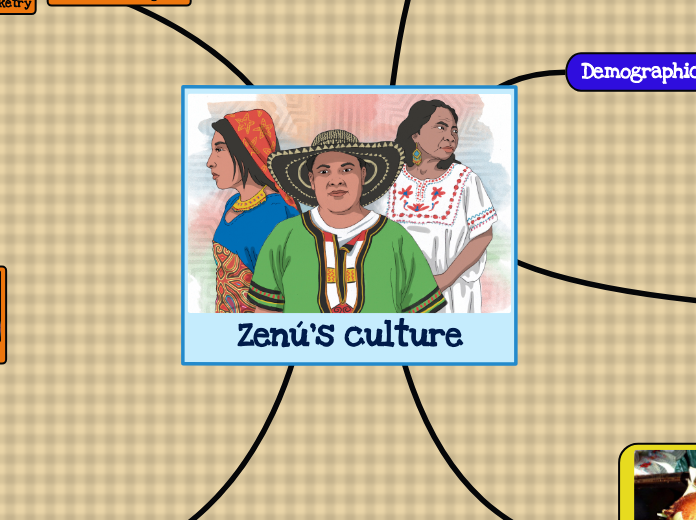door PEDRO JOSE CORREDOR CASTILLO 6 jaren geleden
461
mind map
The text discusses the benefits and methodologies of bilingual education, emphasizing the importance of developing academic skills in both the first (L1) and second languages (L2). It highlights that effective bilingual programs can lead to cognitive, social, psychological, and economic gains.









